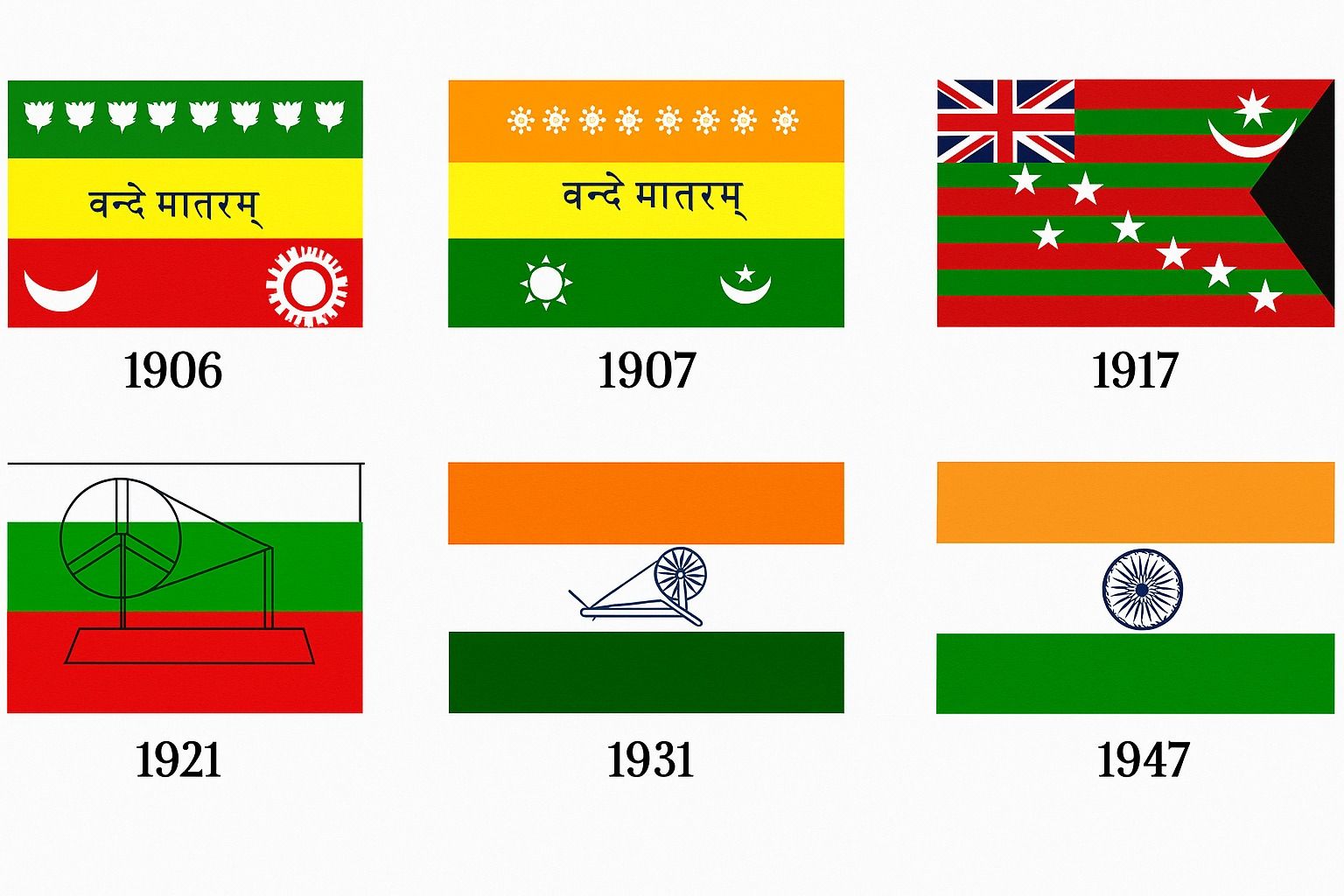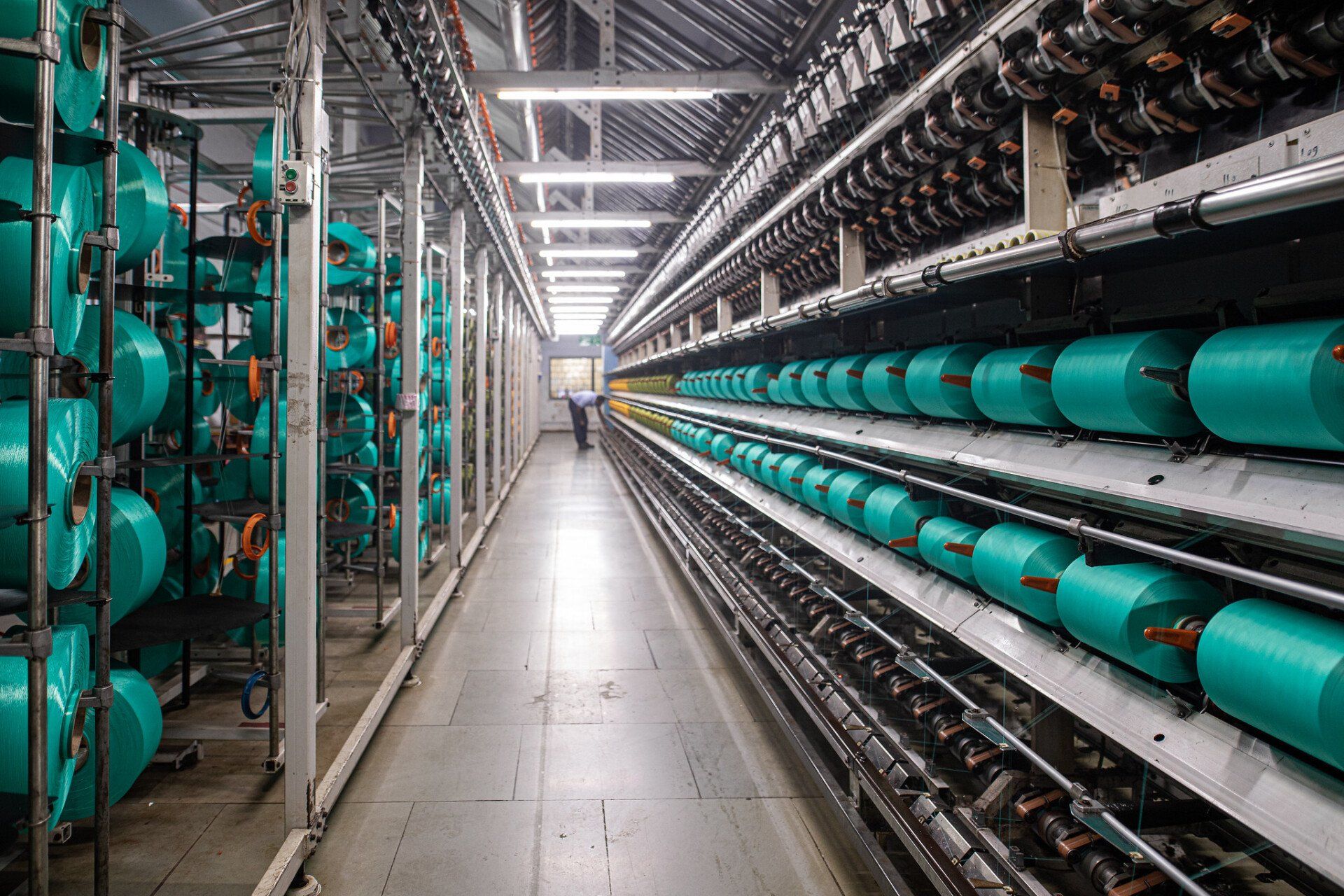Flags are not just Fabrics – Its identity of our freedom, struggle & soul
Flags are not just pieces of fabric. They are powerful symbols of identity, unity, and struggle. For nations, a flag represents everything its people have stood for — their dreams, their battles, and their future.
As we prepare to celebrate Independence Day, it’s the perfect time to reflect on what the Indian flag truly means — beyond just its colors or where it’s hoisted.
Across the world, flags have carried meaning for centuries. From ancient battlefields to Olympic podiums, a flag is a visual story of pride. Japan’s rising sun, South Africa’s rainbow design, or America’s stars and stripes — all these flags represent national journeys. So does ours.
The Indian flag, known as the Tiranga, has a powerful history that many of us never got to read in detail.
In 1906, the first unofficial Indian flag was hoisted in Kolkata. It had three horizontal stripes — green, yellow, and red — with symbols like the sun, crescent moon, and the phrase "Vande Mataram."
In 1921, freedom fighter Pingali Venkayya designed a new version — red and green to represent Hindus and Muslims. Later, Gandhi suggested adding a white stripe to represent peace and all other communities. He also added the spinning wheel — the charkha — to symbolize self-reliance and India’s Swadeshi movement.
Finally, on July 22, 1947, just before independence, the Constituent Assembly adopted the version of the national flag we know today. The spinning wheel was replaced by the Ashoka Chakra, a wheel with 24 spokes, representing justice, movement, and eternal progress.

Each color on the Indian flag has a meaning.
- Saffron stands for courage and sacrifice.
- White symbolizes truth, peace, and purity.
- Green reflects prosperity, growth, and the land of India.
- The Ashoka Chakra in navy blue shows the path of righteousness and constant movement forward.
Now, here’s something most people don’t know — how our Indian flags are actually made.
The Indian National Flag is not made just anywhere. It is made only by certified units under the Bureau of Indian Standards (BIS) guidelines. The flag must be hand-spun and handwoven using khadi , a homespun cotton cloth that Mahatma Gandhi promoted during the freedom struggle.
There is one official and historic organization that has been making most of our national flags — the Karnataka Khadi Gramodyoga Samyukta Sangha (KKGSS)in Hubballi, Karnataka. It is the only BIS-certified unit allowed to manufacture and supply the Indian flag.
Every flag is made with strict specifications — the colors, the size, the stitching, the placement of the Ashoka Chakra — everything must follow exact guidelines. Even the number of threads per inch in the khadi cloth is regulated.
The process of making the Indian flag is not just manufacturing. It is a form of national service— done with dignity, discipline, and deep respect.
For Gen Z and young Indians, the flag is more than just something we raise on August 15 or January 26. It’s a reminder of how far we’ve come and how much responsibility lies ahead.
The Tiranga represents unity in diversity. It tells us that we belong to something bigger than ourselves. It is a symbol of sacrifice, resilience, and hope.
This Independence Day, don’t just wear the flag as a badge. Understand it. Respect it. Let it remind you of the freedom you enjoy — and the values that shaped it.



